Ammonia for flowers: benefits and methods of application
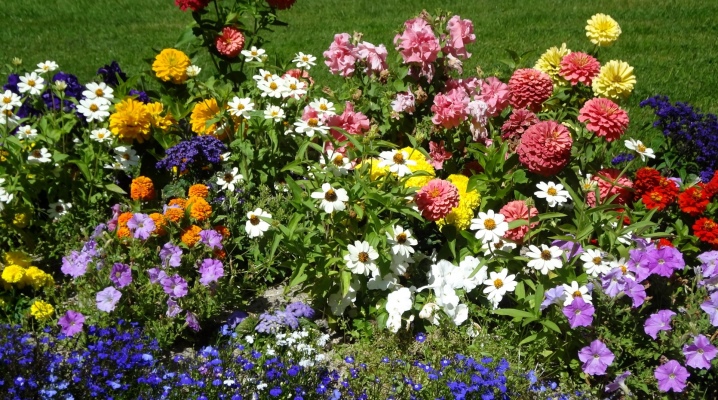
Ammonia is a popular pharmaceutical preparation widely used in medicine and everyday life. It is also useful for plants, including flowers. We will consider the features of using such a tool below.
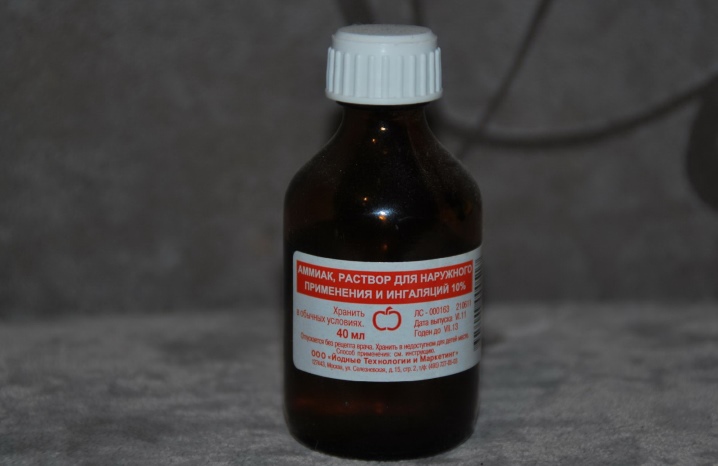
Beneficial features
Ammonium is a transparent substance with a very pungent and pungent odor. This smell is provided by ammonia, and most often its concentration is 10%. A similar composition can be purchased at any pharmacy. There is also ammonia with a 25 percent concentration, but such drugs are rare. Salmon has gained popularity in horticulture due to its high nitrogen content.
This substance is extremely important for all plants, as it allows them to build up green mass in the shortest possible time.
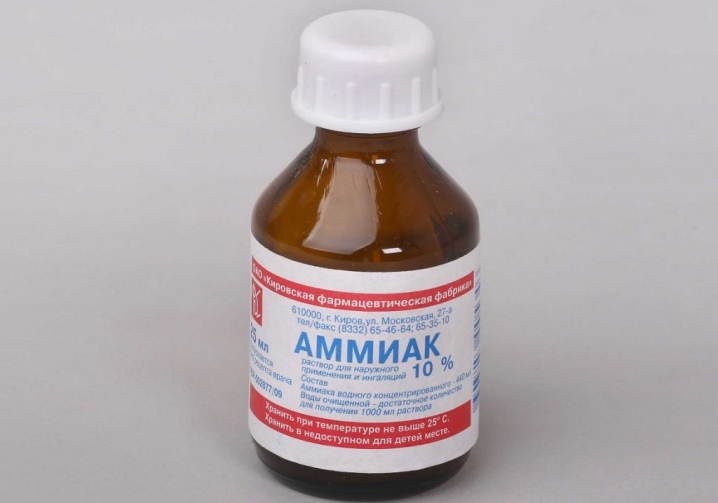
Here are some of the beneficial properties of ammonia:
- promotes the rapid growth of green mass;
- strengthens and heals cultures in general;
- prevents the accumulation of nitrates, which is inevitable in the case of the use of many other drugs with ammonia in the composition;
- can be used in different ways: as a top dressing, insect pest control agent.
Gardeners love ammonia also because such feeding is absorbed by plants exactly as much as needed. This is very important, because an excess of nitrogen becomes the reason that the plant spends all its energy on the growth of the mass, and there is no longer any strength left for flowers, ovaries, fruits. This will not happen with ammonia, but remember that if the concentration is too strong, the roots of the plant can get burned.

How to dilute?
Although ammonia is a relatively safe remedy, it must be diluted correctly, observing the recommended proportions and dosage.
Consider the most popular solution used to fertilize flower crops:
- a tablespoon of ammonia is poured into the bottom of a small container;
- then the odorous substance is poured into three liters of water, while the liquid should be poured gradually and very carefully;
- the composition is mixed and used immediately, until the ammonia vapor has escaped.
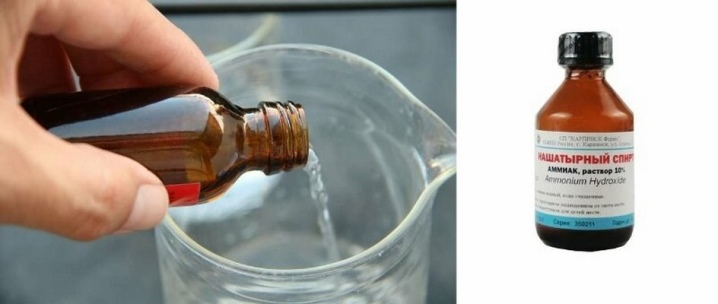
Such a relatively weak solution is well suited for indoor flowers and garden plants.... Helpful advice: if you need to spill only 1 flower with a solution, it is not at all necessary to make 3 liters of the composition at once. You can take 1 liter of water and combine it with a teaspoon of ammonia.
By the way, deciduous houseplants can be watered with a stronger composition: 2 teaspoons per liter of water or two tablespoons per 3 liters.
How to use?
Ammonia can be used in a variety of ways, but mostly gardeners are limited to only two options.
Top dressing
The use of ammonia will give the greatest results in the case of nitrogen starvation of the culture. This is manifested as follows:
- leaves turn yellow, especially old ones, wrinkling and twisting are observed, blanching of the plate;
- the plant is weak in general, does not bloom well and grows;
- the stalk is fragile.
To make up for the lack of a useful element and allow the plant to gain mass faster, they begin to water it with a weak solution of ammonia, the preparation features of which we have already considered. If all is well, and you saw the first results, then you can slightly increase the concentration of ammonia, for example, instead of 1 tablespoon put 2. But this is the maximum allowable rate. Feeding should be done once every two weeks throughout the entire growing season and flowering, the amount of liquid is individual for each flower specimen and depends on its type... If a liter of water is spent on regular watering, then you also need to feed it with a liter, only this solution.
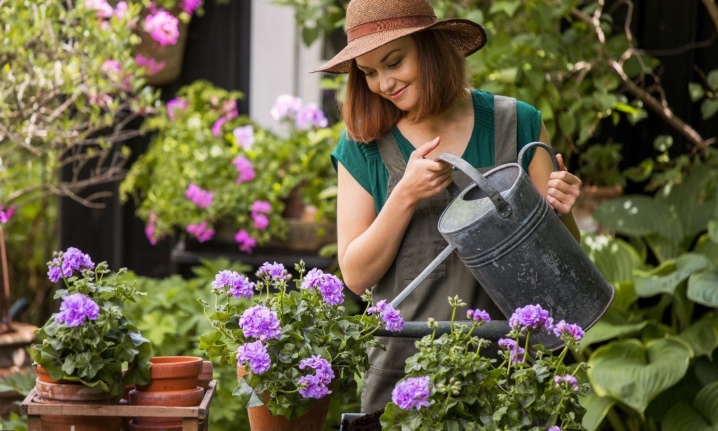
It is very important not to flood the plant. If you follow the rule of "more is better", then you can achieve that the roots begin to rot.
And in moist soil, an excellent environment for fungal carriers will be created. But if everything is done correctly, then the plants will delight flower growers with their healthy and lush appearance. Plants such as geranium, rose, lily, violet, nasturtium respond especially well to ammonia fertilizing. And here crops such as lithops are not allowed to be treated with ammonia. The same applies to "living stones".

Pest control solution
Ammonia can be used to spray flower crops. However, this is not done for feeding, but for getting rid of pests. Moreover, experienced gardeners recommend spraying only for plants growing outdoors. With the help of a properly prepared composition, you can get rid of such pests as midges, thrips, aphids, flies, snails and slugs, bears, all kinds of caterpillars and butterflies.
The preparation of the solution is as follows:
- 100 grams of laundry soap is grated;
- take hot water and dissolve the raw materials, making sure that there are no lumps left;
- the resulting composition is carefully poured into 4 liters of water at room temperature, you should not interfere with this, otherwise foam will form;
- when everything is ready, add 50 grams of ammonia to the composition with a concentration of 10%;
- the solution must be used immediately, otherwise it will be useless.
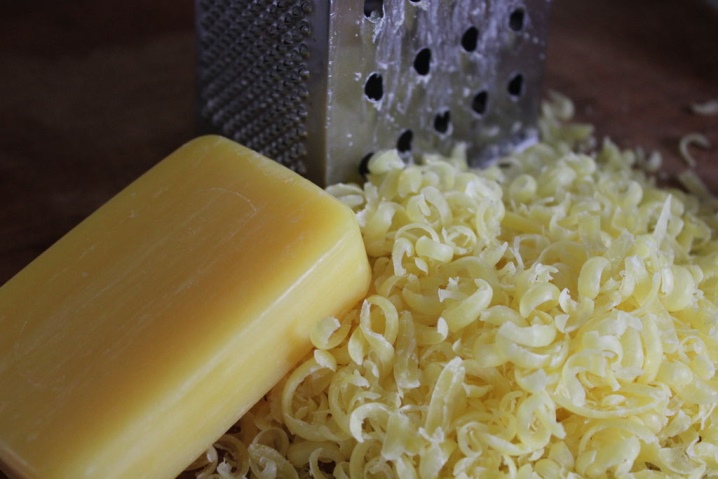
The finished composition is taken into a spray bottle and the processing of flower crops is carried out. It is important that the healing solution hits all parts: stems, leaves, twigs... You also need to make sure that the lower part of the leaf plate is processed, because this is where aphids most often nest. Several such treatments - and insects, frightened by the pungent smell, will leave your site. Wasps and other flying insects disappear especially quickly. Aphids, on the other hand, die rapidly, since the soap in the composition forces it to stick to the leaves and suffocate.
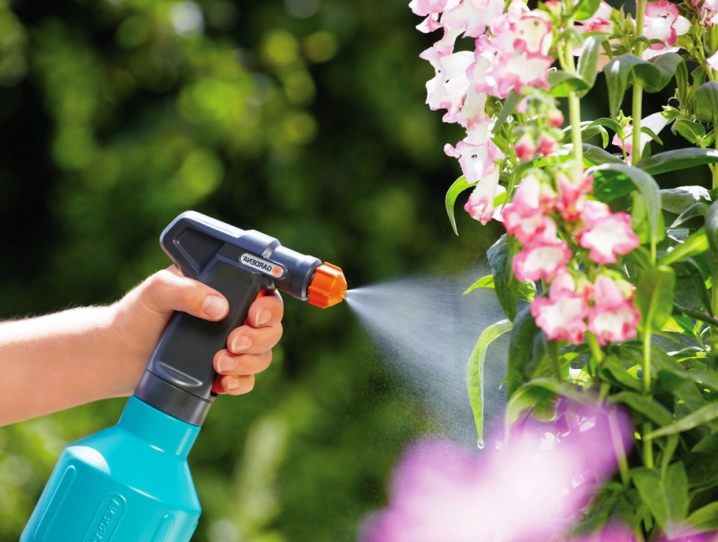
Now consider the concentration of solutions for other insect species.
- Midges... To get rid of annoying small flies, 25 milliliters of ammonia is diluted in 2 liters of water, previously settled. Each infected plant is watered with this composition. One copy will need about 150 milliliters of solution.
- Ants... These parasites not only harm the plantings, but also bring with them aphids, breeding in record time. As a rule, insects build anthills for themselves, and we must start with them. A bottle of ammonia is diluted with a liter of water, poured into the anthill. The toxic mixture will kill both adults and eggs. In addition, it does not hurt to spray the plants themselves by dissolving a teaspoon of ammonia in a liter of liquid.
- Medvedka... This unpleasant insect is one of the most difficult pests to remove. It eats the roots of absolutely all cultures, including flowers. Preventive measures will help here: before planting, the earthen hole should be treated with 500 milliliters of ammonia solution. It is very weak: only 10 drops of the product will be needed for a 10-liter bucket.
- Caterpillars, snails, slugs... Gluttonous caterpillars are already bored with the order of most gardeners, so they are trying to get rid of them as soon as possible. For 10 liters of water, take 100 drops of ammonia and water the culture with this solution until the parasites disappear.
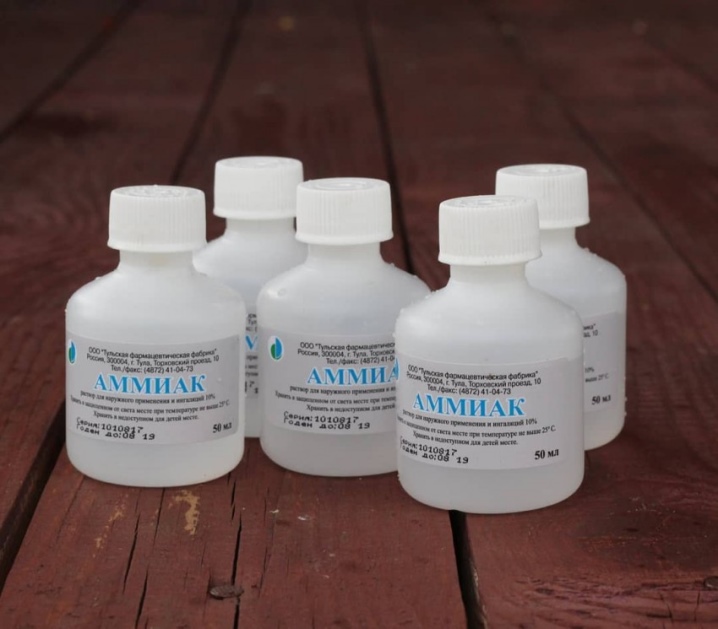
Disinfection of pots
Ammonia can also be used to disinfect containers for planting indoor flowers. To do this, rub 100 grams of solid laundry soap on a grater and then dilute it in 5 liters of hot water.60 milliliters of ammonia is poured into this mixture. The pots are washed immediately, then rinsed and exposed to dry in the sun. Such a simple procedure will save you from many diseases and pests.

Finally, we will give some more useful tips about the use of ammonia on flowers:
- on indoor plants, it is better not to process leaves with compositions based on such alcohol, otherwise burns and yellowing may follow;
- in no case should you combine ammonia with other nitrogen fertilizers;
- to prevent the appearance of pests, you can water the plant with an ammonia solution immediately after planting;
- perennial horticultural crops overwinter much easier if they are spilled with ammonia solution shortly before hibernation;
- annuals and plants with a bulbous root system accept only a weak concentration of the substance.

Safety regulations
Salmon has a pungent and very pungent odor, therefore, when using it, it is necessary to protect the respiratory organs. When working with a substance, one must not forget about wearing a mask or respirator. It is very important to wear gloves as well as glasses. It is impossible for the product to come into contact with the skin.
Here are some more recommendations:
- preparation of solutions is carried out in the open air (if this is an apartment, maximum ventilation should be provided);
- watering is carried out only on wet soil and only with diluted ammonia;
- if your health worsens, you should immediately drink a glass of natural milk, take coal or other similar preparations, if it does not help, consult a doctor;
- the containers in which the solutions are prepared are thoroughly rinsed and not used for cooking.
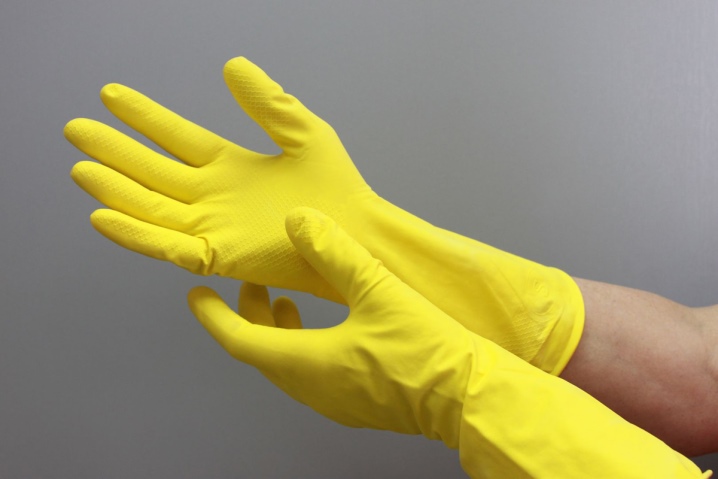
How to feed flowers with ammonia, see the next video.













The comment was sent successfully.